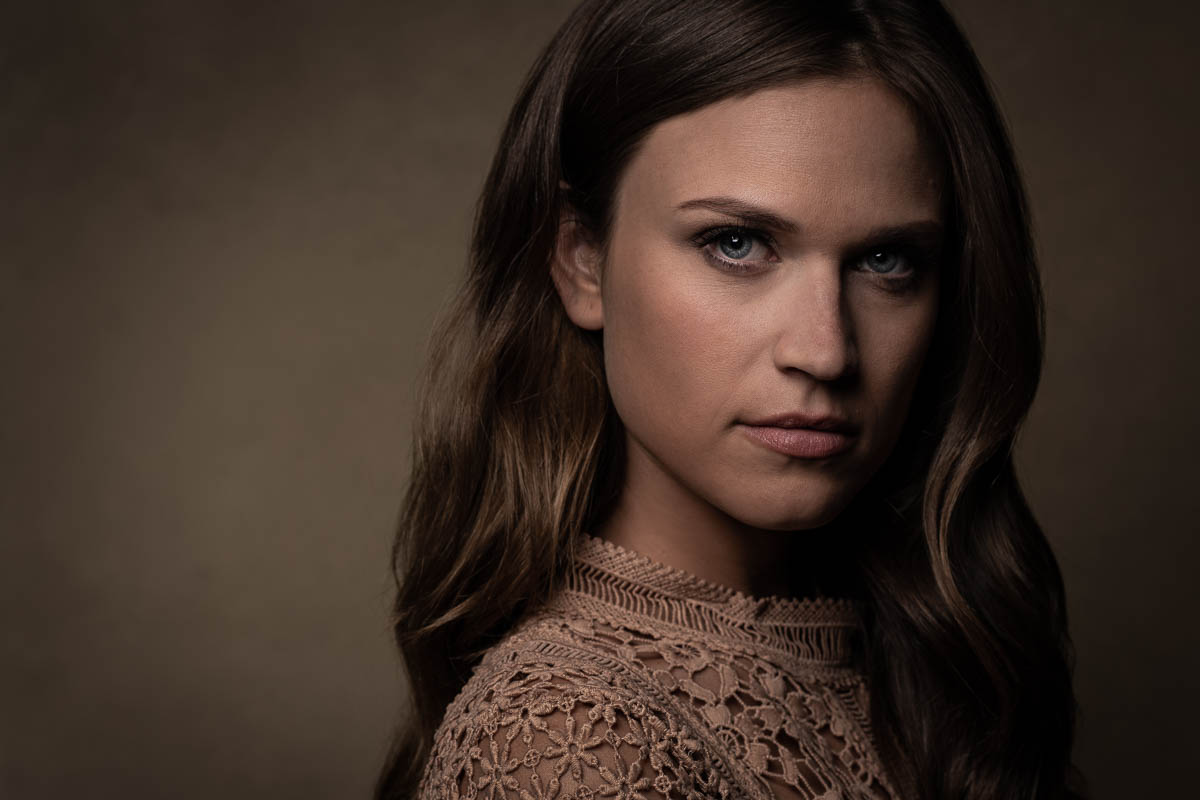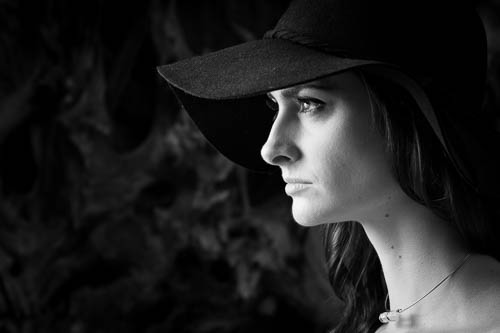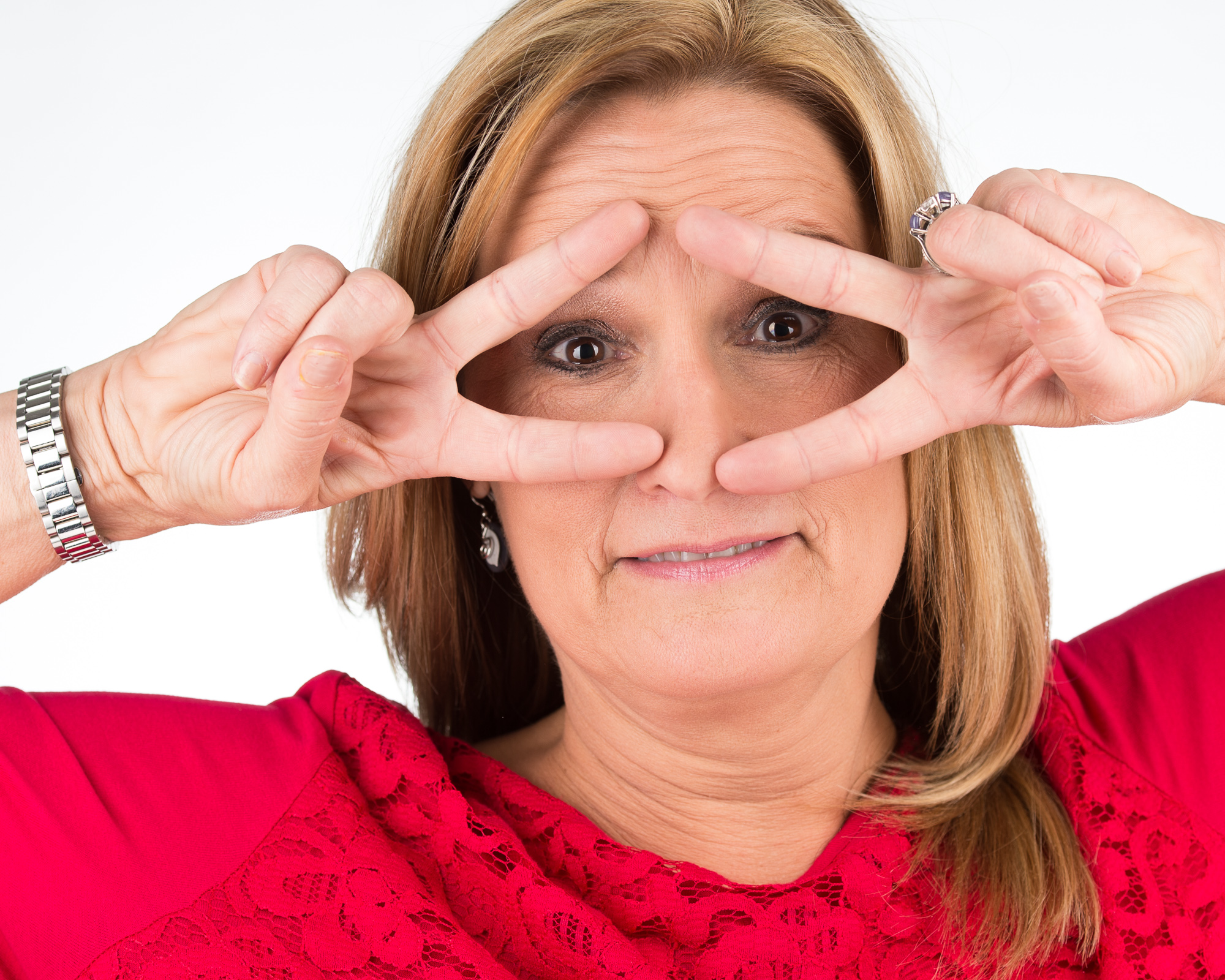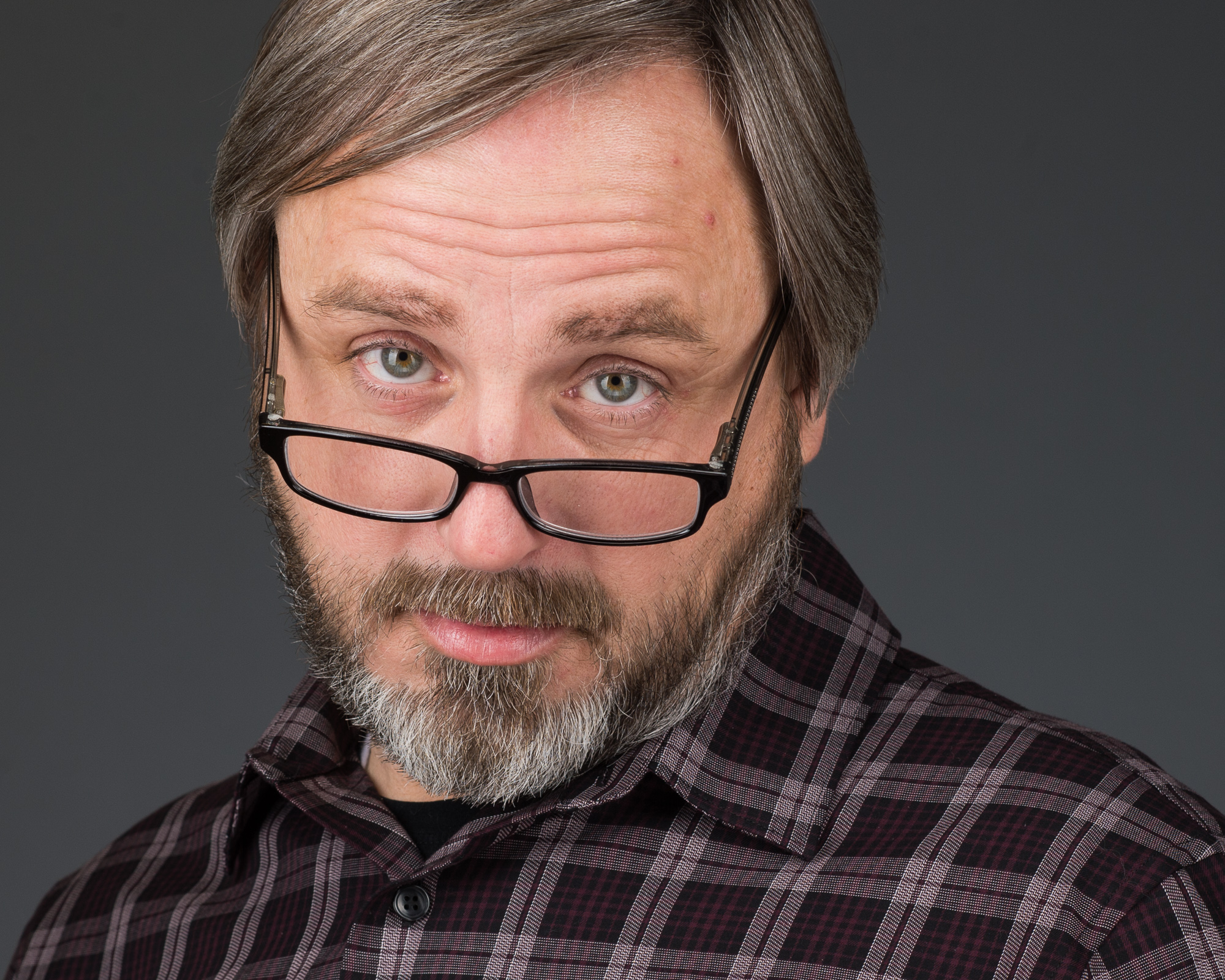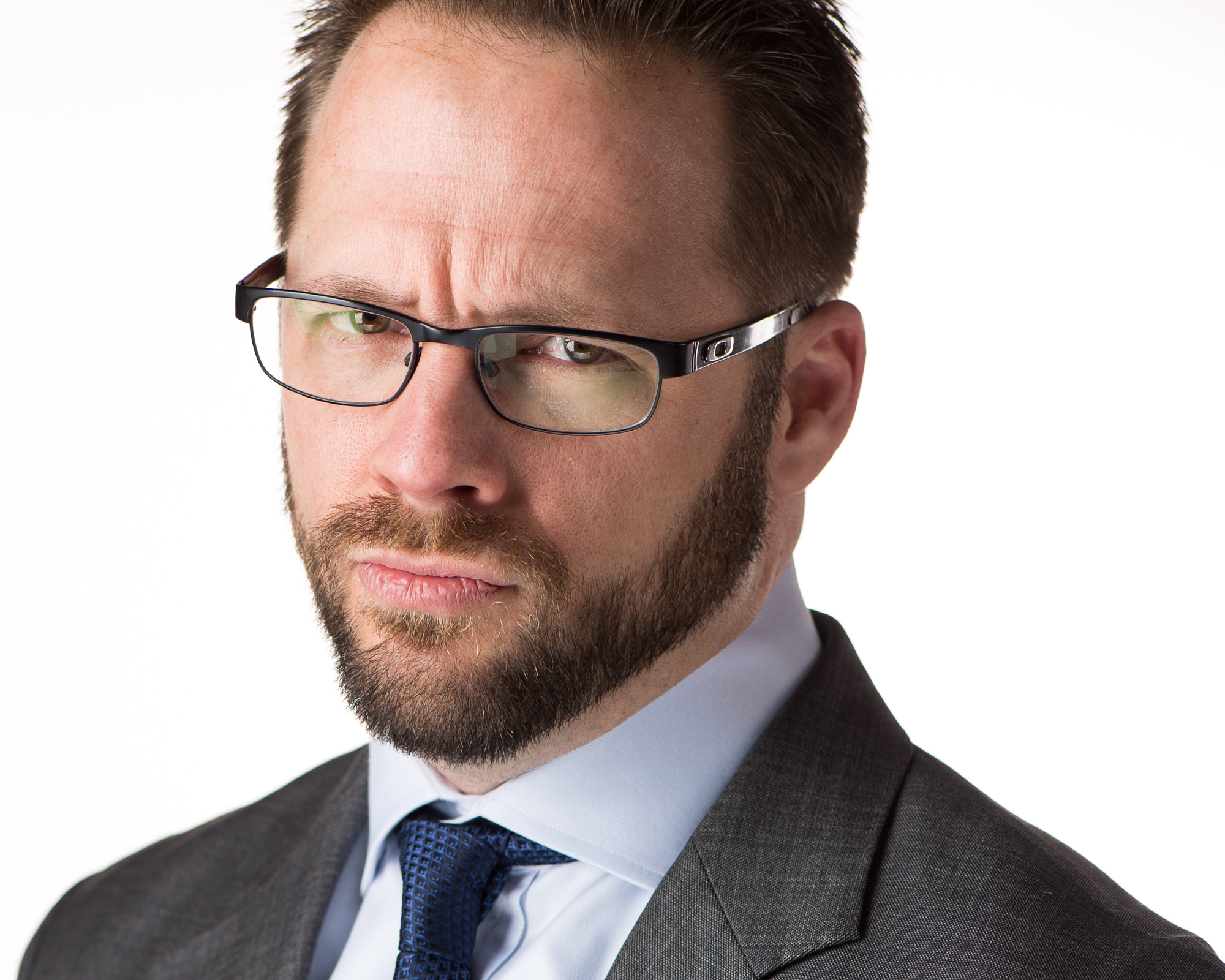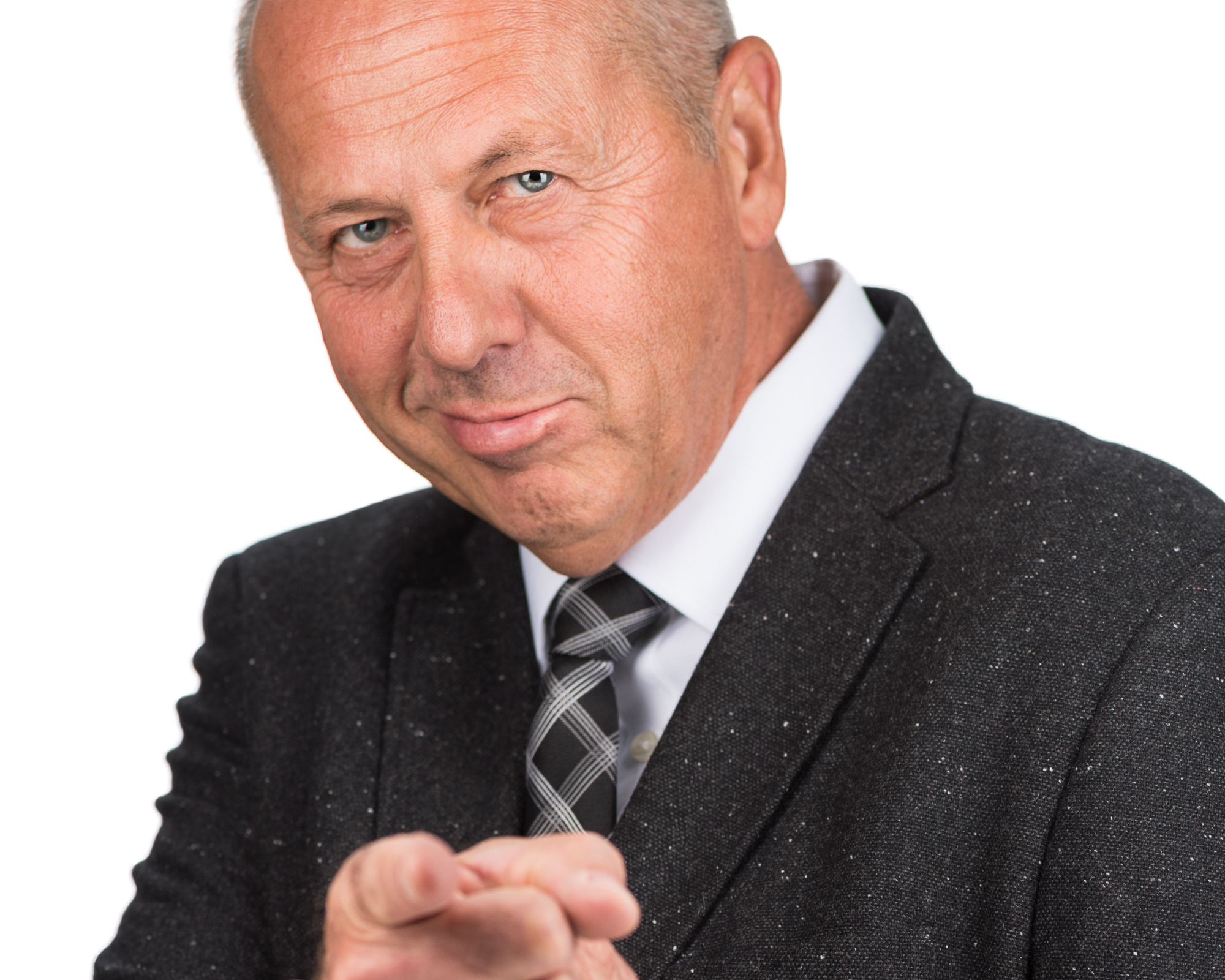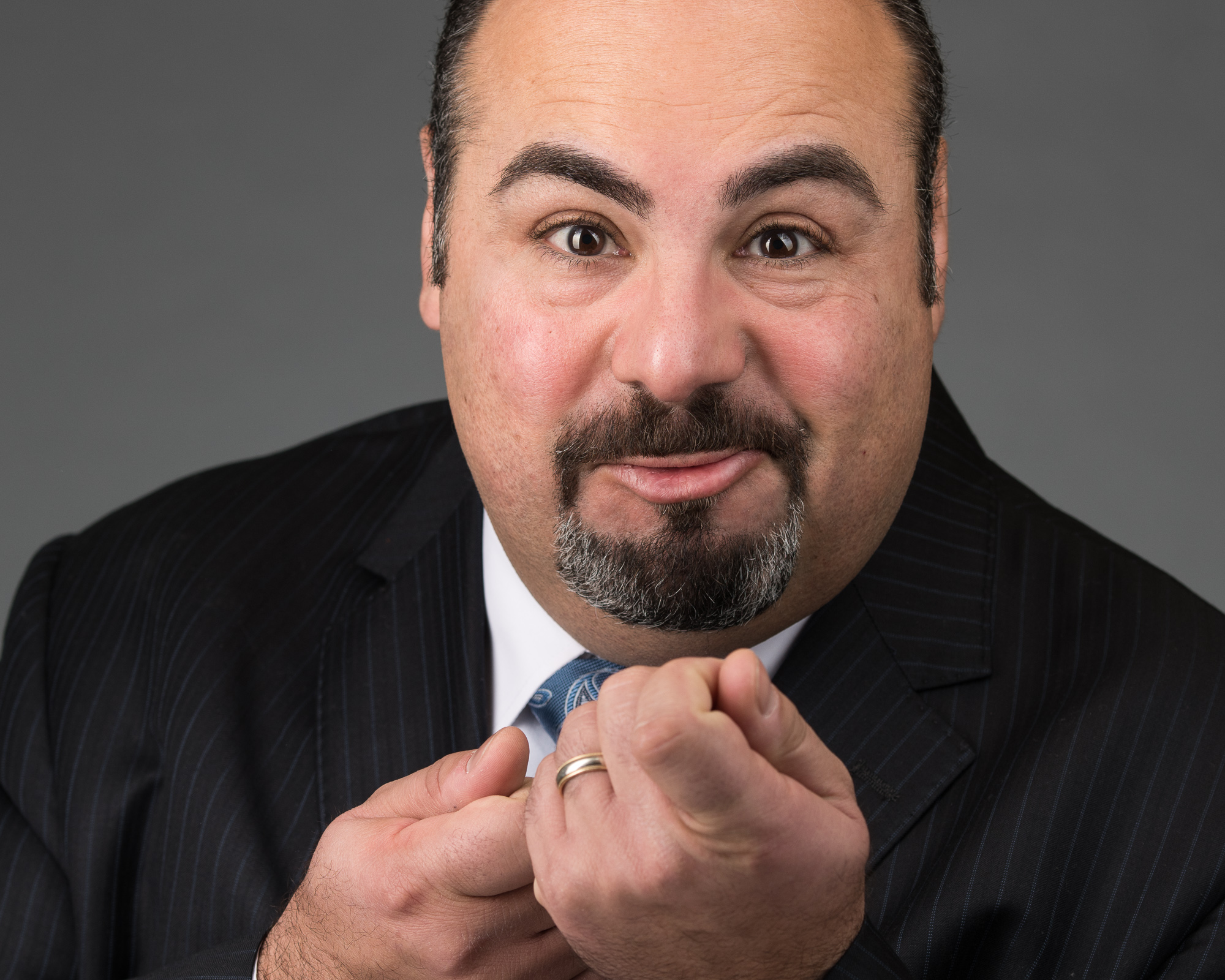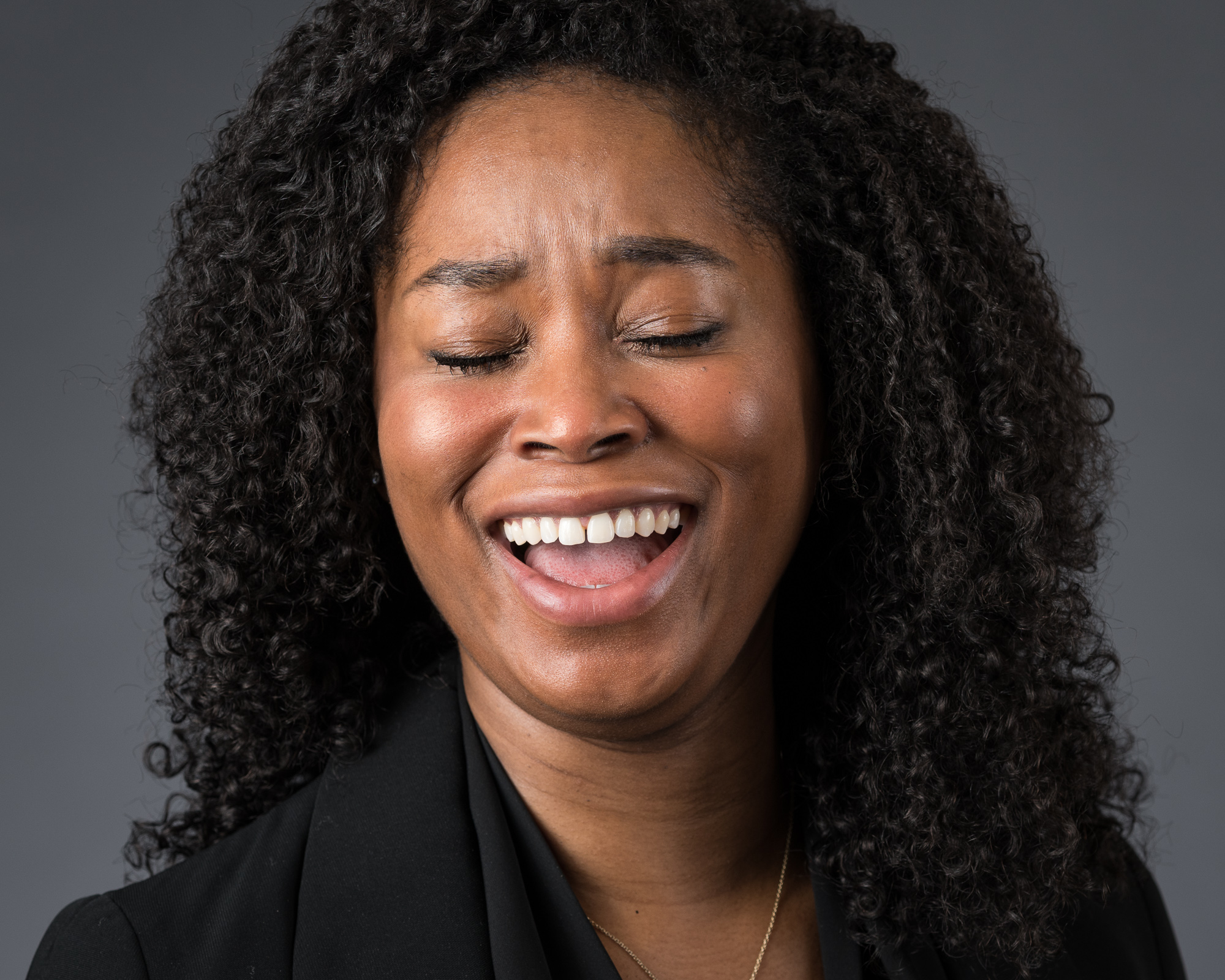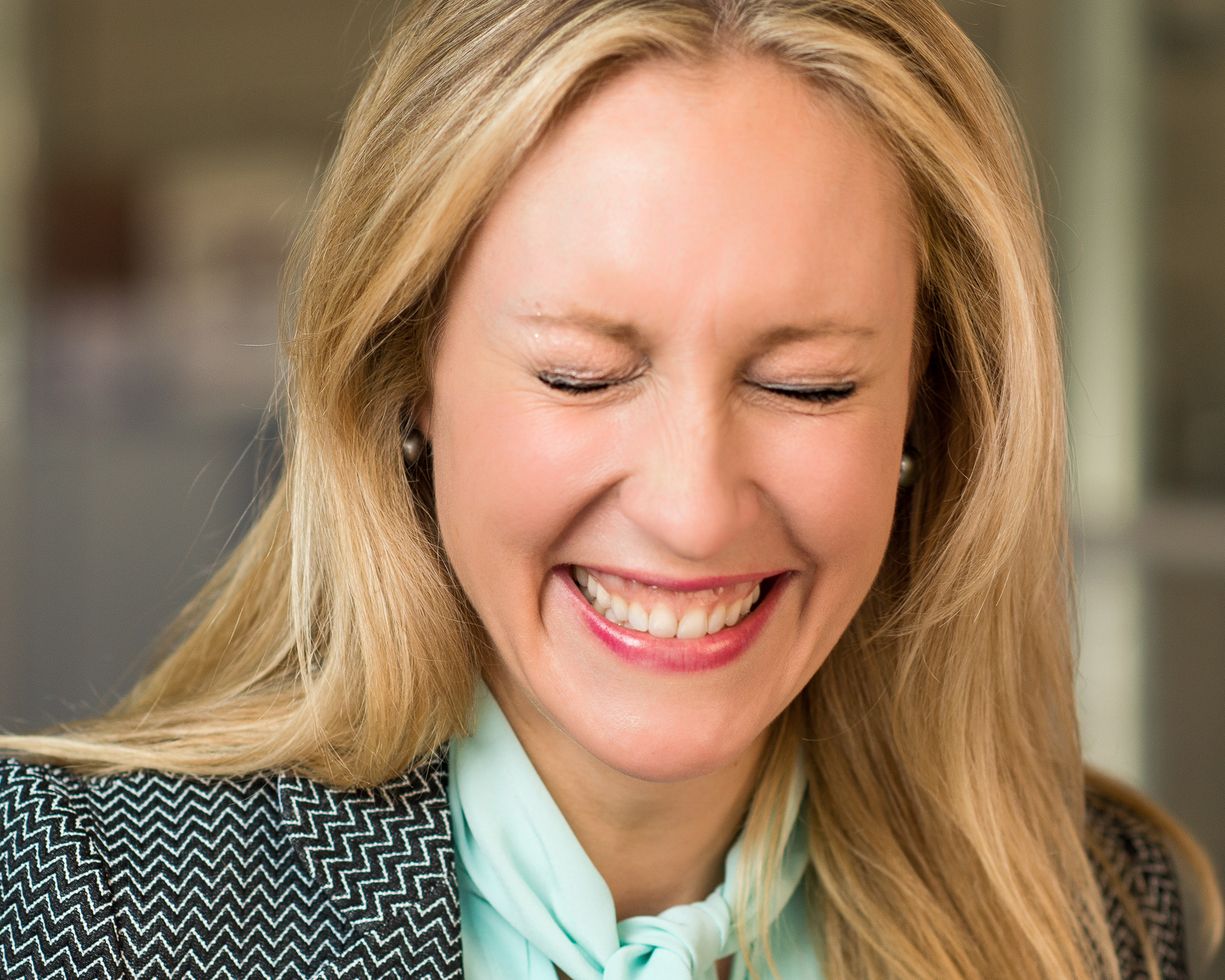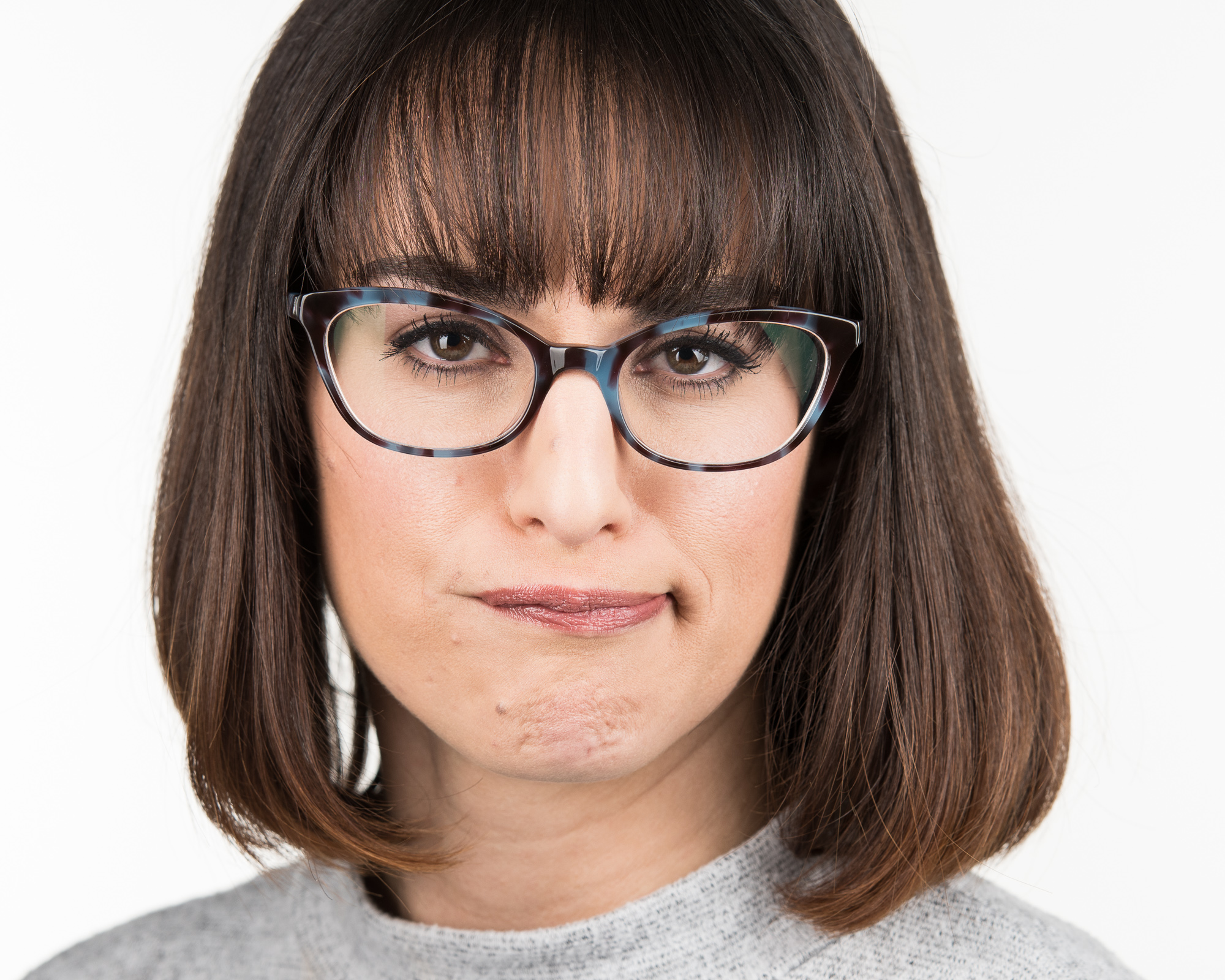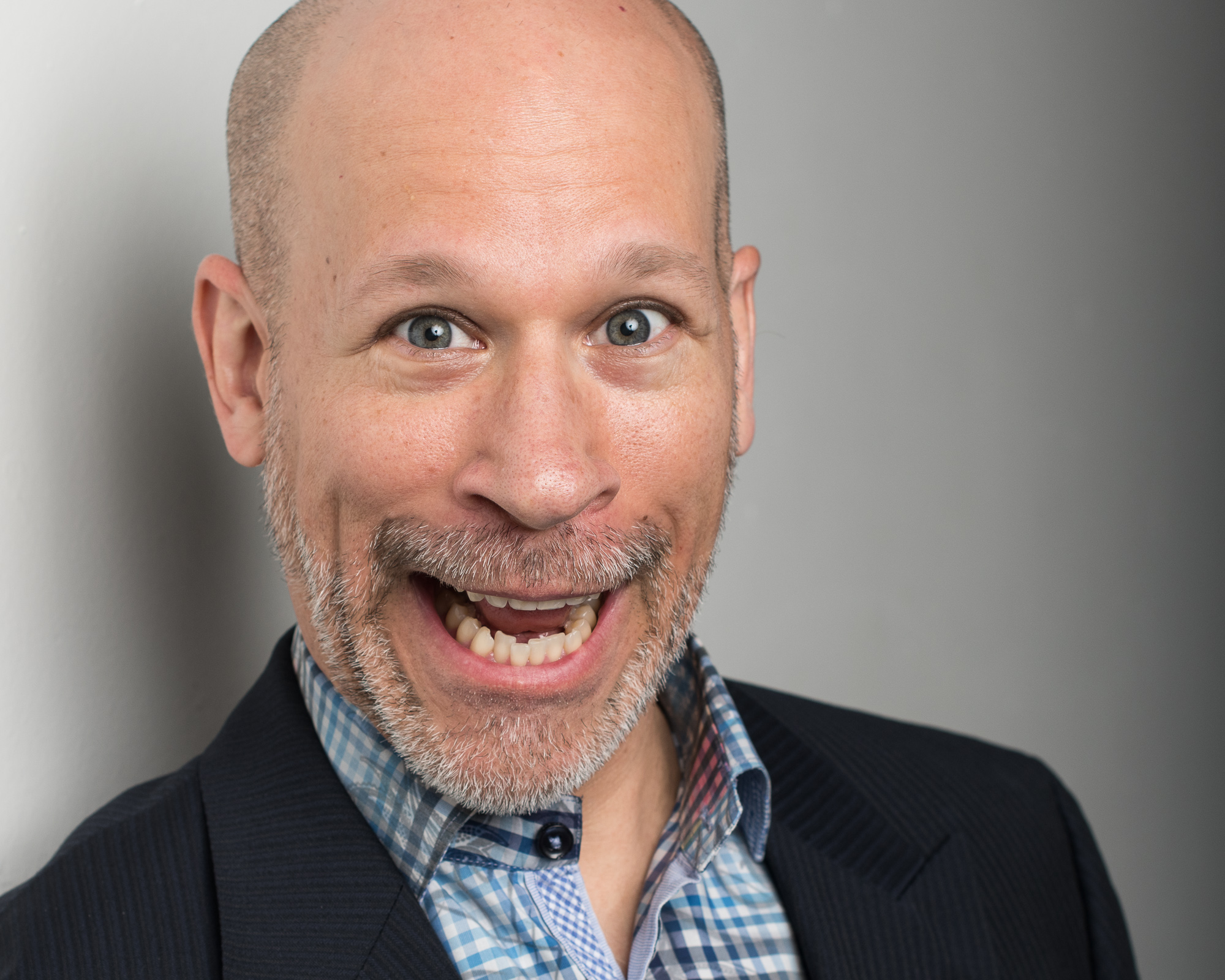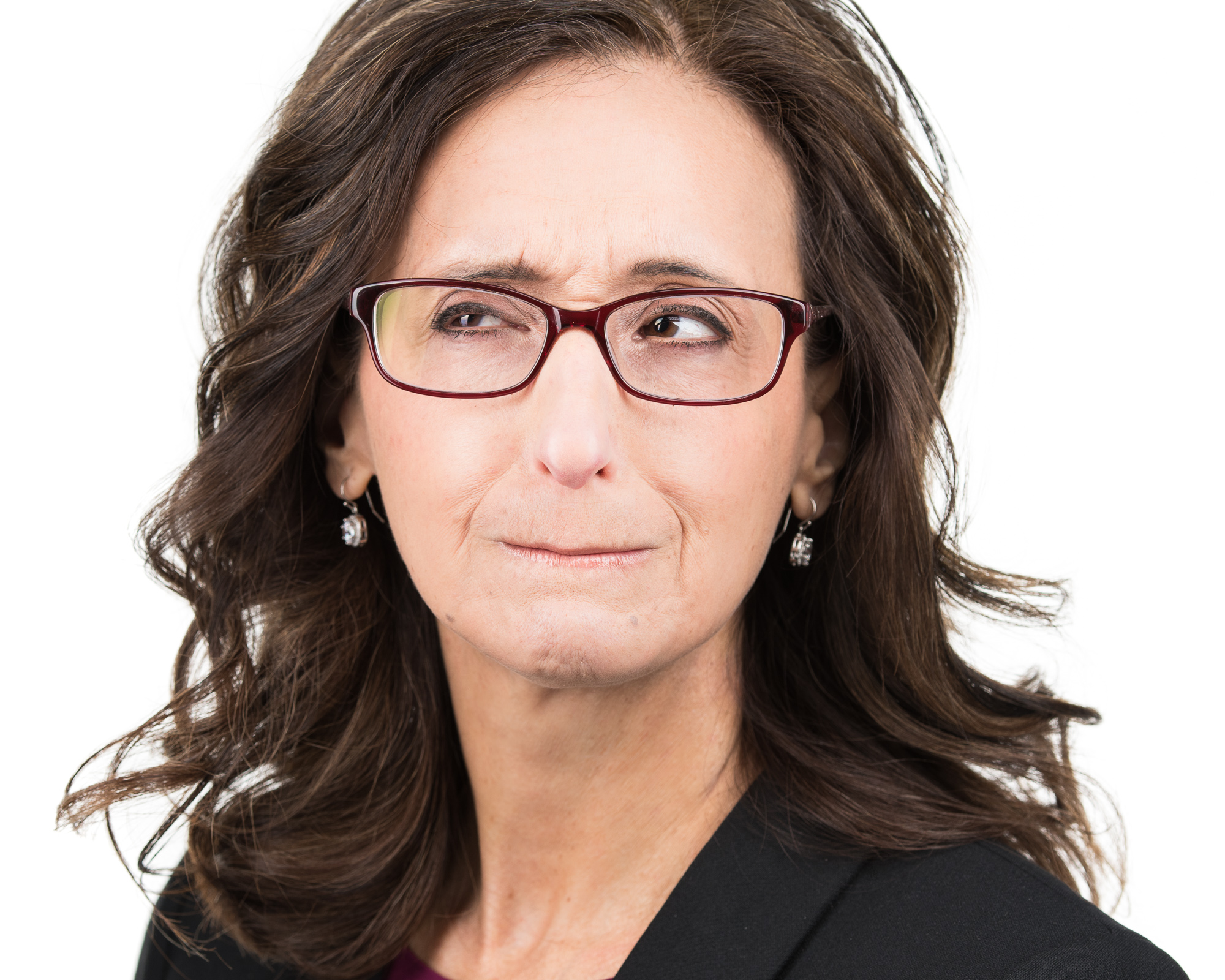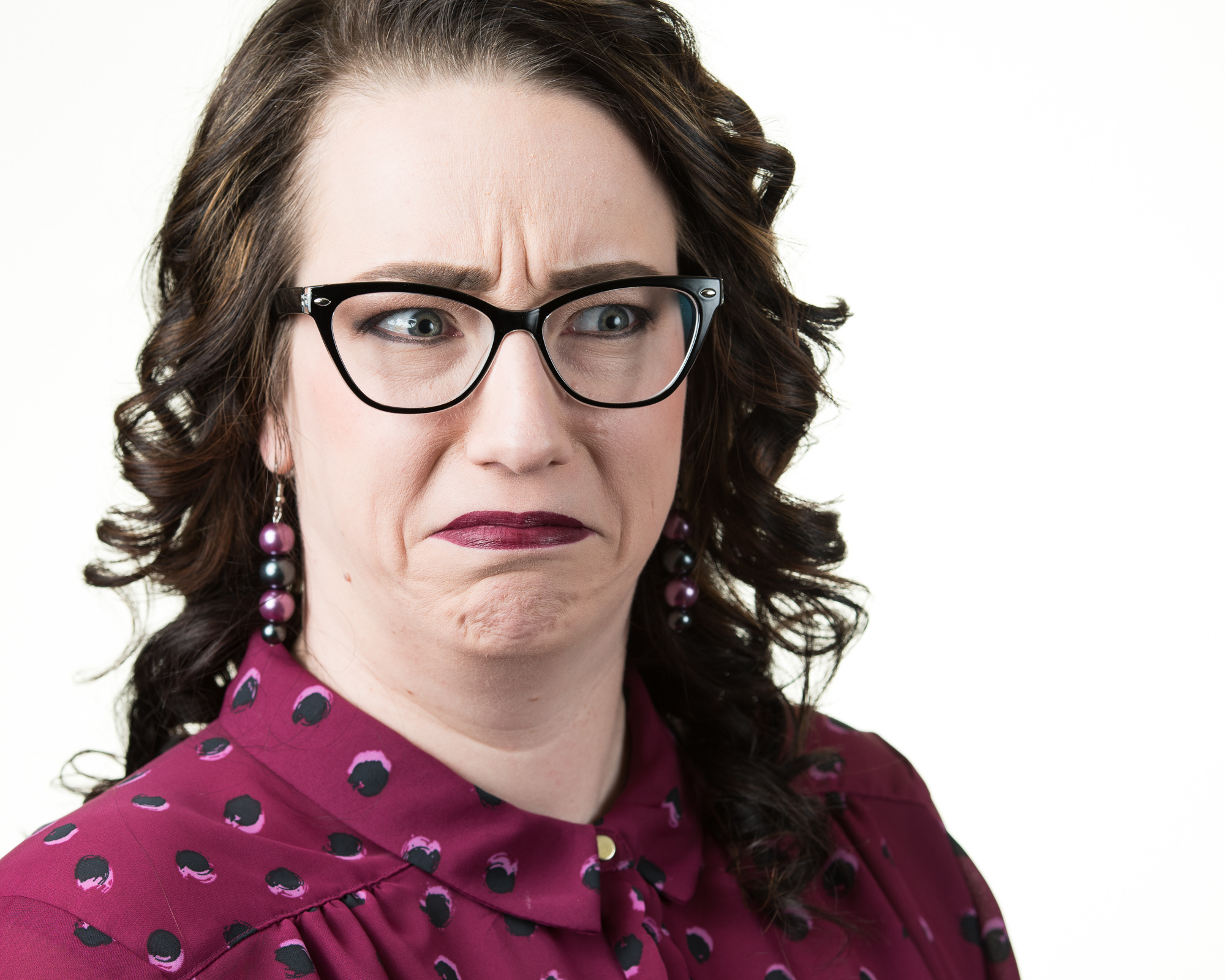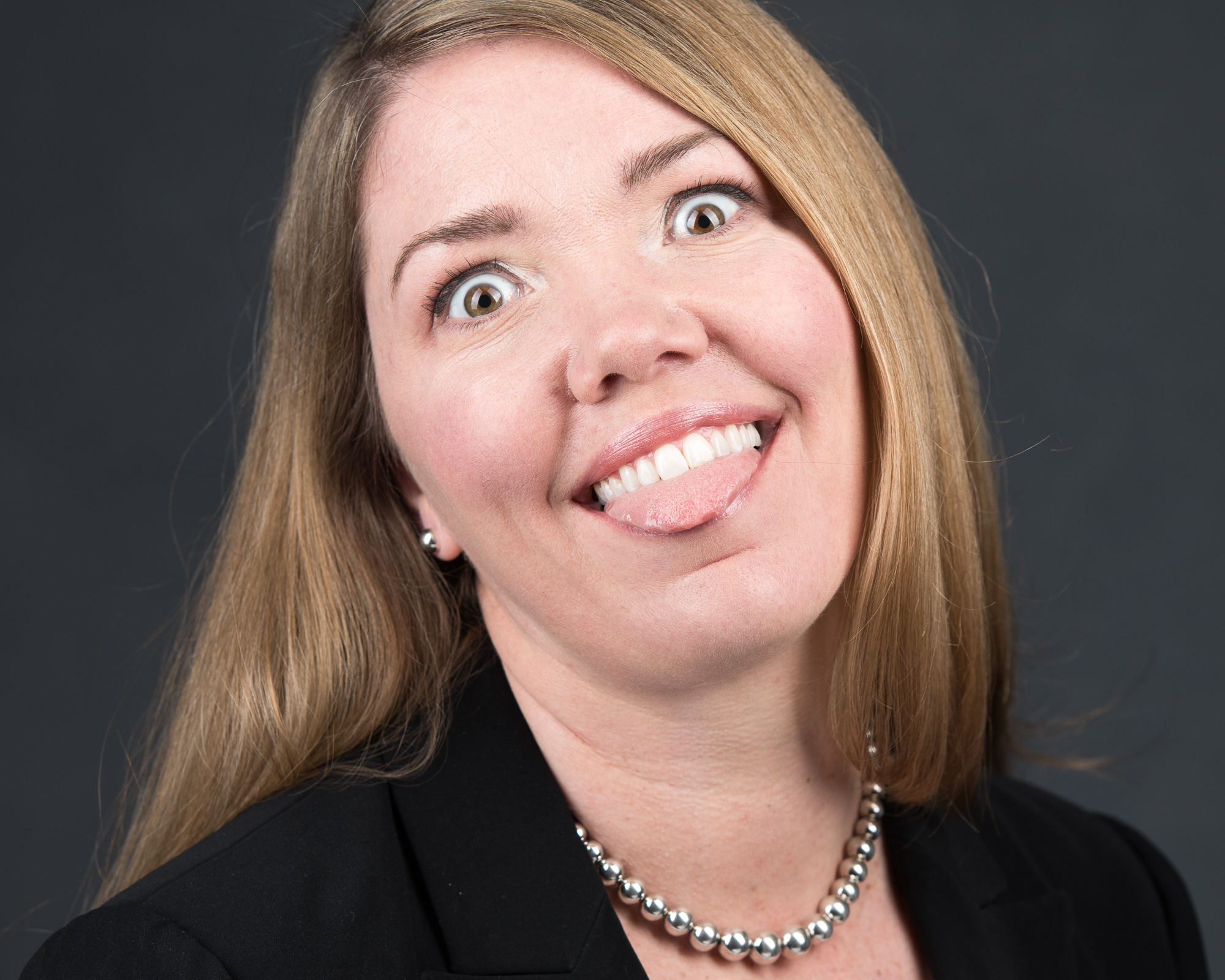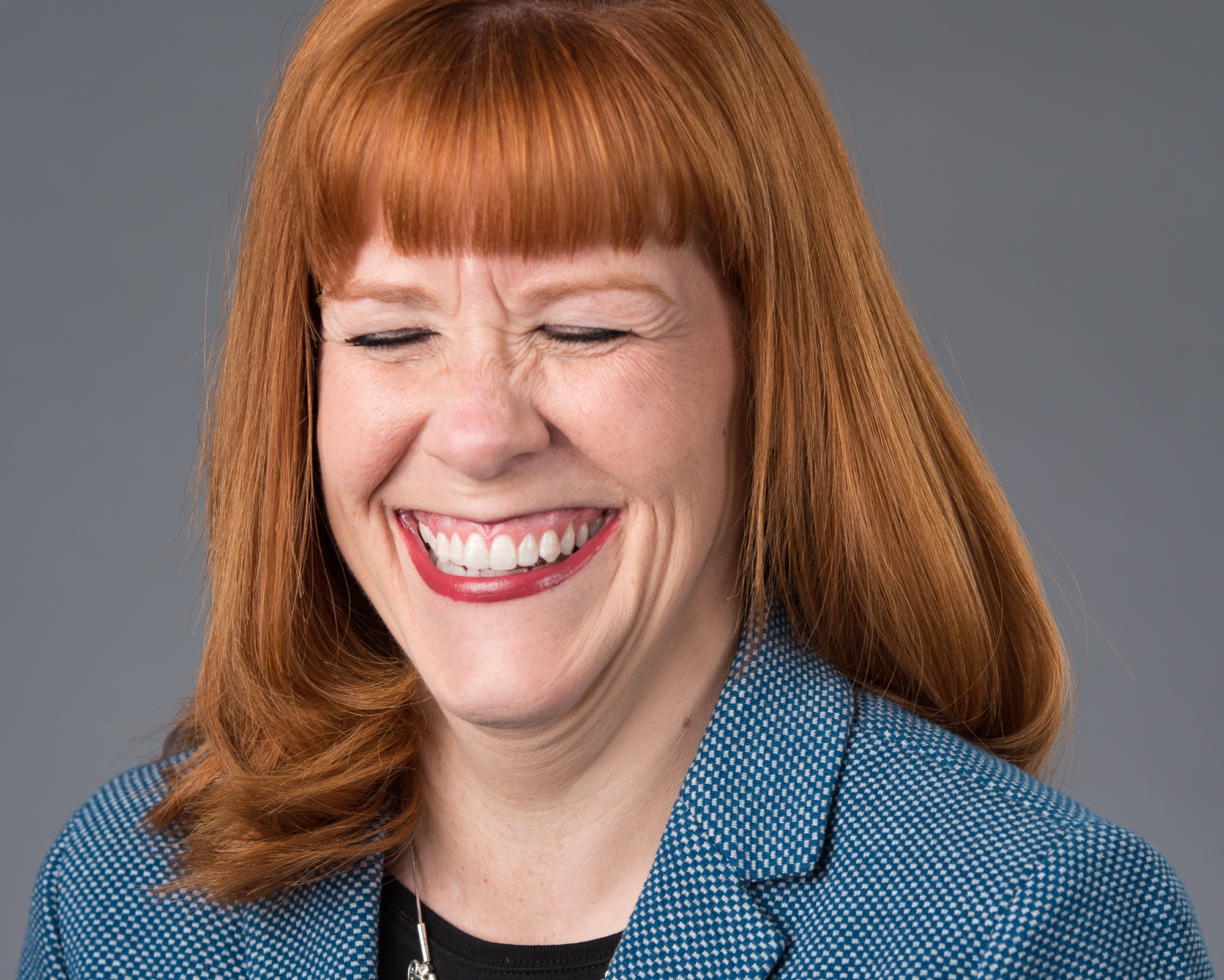Why I Attended The Portrait Masters Conference
One rather unique piece to this conference was the ample time we had to shoot. No matter your skill level, there’s always something to learn as a photographer. Sue’s team had set up dozens of shooting areas with styled models and assistants, ready to help with posing. It was a great opportunity to try out new techniques, perfect posing guidance, and just build confidence for the newer photographers.
I recently returned from Arizona, where I attended the Portrait Masters Conference, hosted by Sue Bryce, one the best educators and mentors in the business.
Photography conferences are typically a mix of speakers with some opportunity to do a little shooting. And there’s always a trade show where manufacturers show off the latest cameras, lights, bags, albums and gadgets.
Relative to other photography conferences, this event was quite small — about 500 people. A few of these conferences reach over 10,000 people in attendance — which can be overwhelming. But with a manageable few hundred attendees, we had all easily made a few new friends. It’s a group sized right to see the same faces a few times, reducing the awkward “I’m not sure if she remembers me from yesterday” thoughts. Oh, and there were a few Oprah-style giveaway moments for added excitement!
The Keynote Talk
All the speakers were outstanding. In fact, as soon as I saw the speaker list, I was sold. Platon opened the event with a truly riveting keynote talk. We were on the edge of our seats the entire two hours — it was that good! If you’re not familiar with Platon, look up the the Netflix show “Abstract.” He’s featured in a photography episode. Platon has photographed some of the world's most powerful, controversial and mysterious people — Snowden, Putin, Clinton, the Obamas.
“As photographers, we’ve got to be bold.”
His message was partially a reminder that we, as photographers, can (and do) change the world with a picture. Now much of his work includes “ordinary” people in a particular struggle. Of course, his status brings attention to anyone he photographs, and he fully leverages that fact. Most of us don’t have millions of followers, but he was adamant in his point nevertheless. I believe it. The right picture will be elevated, even just among a few followers. But it must be shared to start.
I think this would be a good place to add a subhead since you jump back to Sue and the conference overall
Lifelong Learning as a Photographer
One rather unique piece to this conference was the ample time we had to shoot. No matter your skill level, there’s always something to learn as a photographer. Sue’s team had set up dozens of shooting areas with styled models and assistants, ready to help with posing. It was a great opportunity to try out new techniques, perfect posing guidance, and just build confidence for the newer photographers.
I’ve attended several workshops over the last few years, and it’s a treat to have professional models in the mix. But it’s easy to get spoiled. A good model will just keep moving. It’s honesty difficult to take a bad shot. Upon getting back to the real world, it’s a bit of shock when you expect clients to prance around the set. Instead, most will stare back nervously, waiting for some direction. To me, this is what most fulfills me about photography — helping a ordinary person feel like a supermodel for an hour.
Running a photography business is easily 80 percent business and 20 percent taking pictures. Sue Bryce stands out in the crowded industry of photographic educators as one who knows this and doesn’t ignore it. It goes without saying that her teaching of photography is excellent. It happens that her point of view is much more fine art in nature than my corporate portraiture, but all the lessons still apply in some way. It’s the way she teaches business that I believe really sets her apart. She addresses head on so many challenges that all creative small business owners face (regardless of industry). Confidence and networking are two big topics. It’s the kind of stuff not taught in business school, but couldn’t be more critical to success.
I can’t wait to go back next year.
What's the Difference Between a Headshot and a Portrait?
In simplest terms, a professional headshot is a type of portrait. A headshot is a tightly cropped photo of the face, from the shoulders up. The subject is camera aware — typically looking right in the lens. A portrait is a much broader term — essentially any image where the subject is aware she’s being photographed (even if she’s not looking at the camera).
The terms professional headshot and portrait are often used interchangeably. While these types of photos do have some overlap, there are differences. Knowing these differences will help you better communicate to your photographer the type of look you need to promote yourself, your work, or your business. You might also want to check out my course, The Headshot Maximizer to help you prepare for a headshot session.
Headshot or portrait? What do you think?
In simplest terms, a professional headshot is a type of portrait. A headshot is a tightly cropped photo of the face, from the shoulders up. The subject is camera aware — typically looking right in the lens.
Years ago, headshots were reserved for actors and models. For talent, these images are in some ways more important than a resume. A casting director can scour through hundreds of photos in search of the perfect face for the role at hand.
In today’s socially connected world, a modern headshot comes in handy for anyone looking to market themselves professionally (or personally — don’t forget about online dating profiles).
If you don’t have a professional image of yourself (or the staff in your organization), then I always recommend starting with a headshot.
A portrait is a much broader term — essentially any image where the subject is aware she’s being photographed (even if she’s not looking at the camera). Depending on the specifics, you might be able to use a portrait where a headshot really makes the most sense. But because there are few rules when it comes to portraits, working in the context of a headshot is much simpler as you discuss possibilities with your photographer.
Lighting
Lighting in a headshot is usually broad — think soft even light. The entire face is lit. Contemporary portrait light can range from that same even light to a super dramatic edgy setup.
Just a sliver of light might illuminate the face in dramatic portrait or editorial shot. As cool as that might look, it’s not where you want to start for a headshot (even an actor’s headshot).
Note the highlight on the right side of the frame — a classic kicker light.
You may notice some edge or rim lighting in either case (also referred to as a kicker light). This is the light that skims the side of the face or body. It helps to separate the subject from the background and is the mark of a more sophisticated light setup. Is it any better? Not necessarily; it’s just a little fancier. Because rim lighting is typically customized to the individual, you’ll be less likely to see this type of lighting in higher volume projects.
Lately, you might see colored light in a portrait. In this style, a gel, or colored plastic sheet are placed over the light. This can add another level of mood or artistry to the image. You might see this in a headshot, but it will likely be subtle.
Cropping
In a headshot, the face should fill most of the frame. Think LinkedIn or other social profiles. Your photo isn’t that large to begin with on these sites, so make the most use of the pixels you have. You want viewers to recognize you as quickly as possible. Distracting clothing just takes the emphasis off you.
A great vertical portrait, definitely not a headshot though.
Some first time headshot clients cringe at the idea of their face filling with the whole frame. But remember, in most cases, the image won’t be viewed much larger than a business card size (or smaller). Think LinkedIn or other social profiles — the avatar photo is small. Viewers won’t be blowing up your photo to inspect your skin imperfections, trust me.
When it comes to portraits and cropping...you guessed it. Throw the rules out the window. Photographers can and do place the subject anywhere in the frame in portraits.
One functional tip for any ad or web layout: If you use a photo of the subject looking or facing one direction, pick an option with the subject looking into the frame, not off the page. The exception is if you’re trying to create tension.
Posing
While it’s just head and shoulders, there’s still quite of bit of posing in a headshot. An inch or two of movement in any direction is huge. Good posing can hide or reduce a double chin. It can mean the difference between a standoffish feel or a warm approachable look.
Portrait posing is all over the place and can even be intentionally awkward — especially in fashion or editorial looks. The pose will underscore the feel of the entire image, so attention must be given to the posing. As it relates to corporate or professional images, here are some tips.
Non-models will generally look uncomfortable unless posed. So if you need some images of staff standing at a distance from the camera, posing is essential.
A little asymmetry looks more natural. For example, one hand in a pocket or holding a small prop like a phone goes a long way in making an image appear organic.
Looking at the camera creates a human connection with the viewer. Notice that clothing or jewelry ads often have models looking off camera. This allows you to picture yourself with the products.
If you haven’t already noticed, posing your hands can be especially tricky. Here’s a dedicated video and post on the topic.
Background
Since headshots are more functional compared to a portrait in a marketing sense. A super simple background is key to a polished headshot.
My go-to options are white or a soft grey. If the viewer is distracted by the background for even a second, it’s working against you.
The other handy feature about a seamless background is that it can be easily extended (or cropped) without any major photoshop work. If you’ve ever tried to put a photo into a social media header, you know that every platform uses different proportions. And it seems like they change every couple of weeks too.
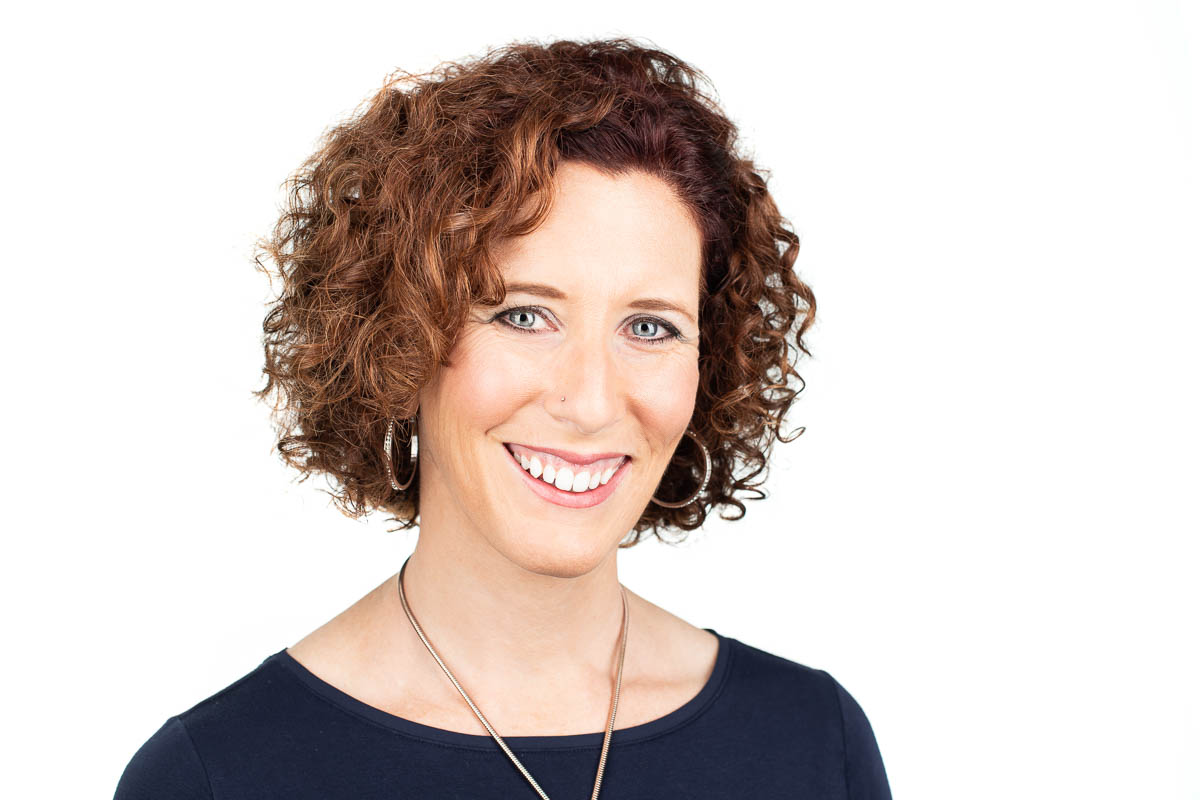
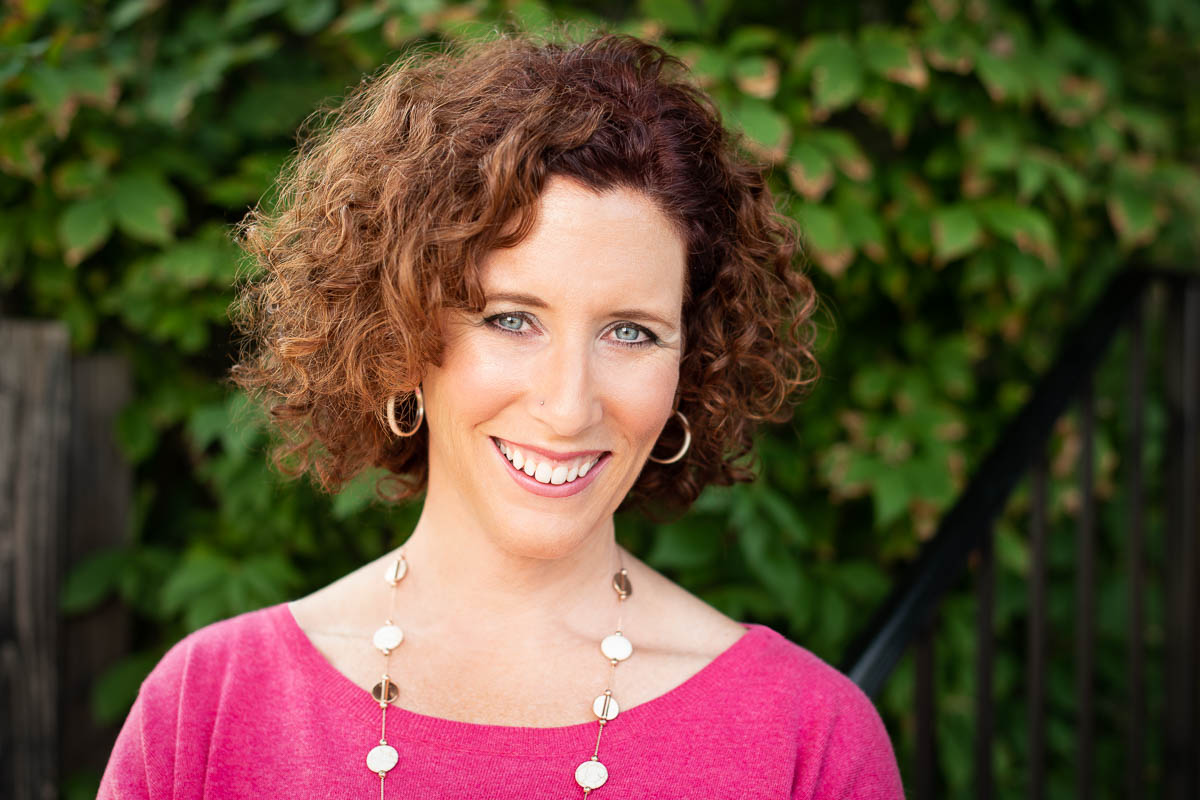
Going with a white background is also handy when it comes to integrating your branding colors. White goes with everything. Grey is a pretty safe bet too.
If you step outside for your headshot to get an organic background, be aware of the colors. Soft, out of focus trees are great, but this setup requires a little more attention to the background details. A beam of light that sneaks through the trees is the kind of thing that can wreck a good photo (our eyes are drawn to the brightest areas of an image).
When it comes to portraits, surprise surprise, anything goes for background. Aside from the neon blue streaks in a yearbook photo, you can pretty much get away with anything. Just be aware, the same guidelines apply. Your eye will be drawn to bright areas or distracting objects in the frame. If the background is essential to the feel or mood of the shot, this is great and marks a thoughtfully composed photo. The trees or light poles emerging from heads in the photos (called mergers) have the opposite effect.
Retouching
In keeping with the functional nature of a headshot, retouching covers the basics, including skin blemishes, stray hair, and facial lines, and it will brighten eyes and whiten teeth. I tell clients they’ll look like they got the best night's sleep in years.
There’s nothing wrong with a little slimming special sauce either. But that’s about it. Going overboard is a bad idea.
Time marches on and as much as we’d like, the clock shouldn’t be turned back for a headshot. You want viewers to see an honest representation of you, today. Let go of the old headshot you’re clinging to from years ago. Think of excessive retouching as wiping away years of professional experience. I bet your ideal client or employer is seeking you out because of your experience.
Styles and trends can change quickly in portrait photography. For some photographers, the editing or Photoshop work is a big part of what defines their look. Just know that anything overly trendy will appear very dated in a few years — especially in the context of professional image. If your portrait is more of a keepsake with a timeless intent, then keep the retouching simple. If you consider an image entirely artistic or creative in nature, then the rules are much more flexible.
Printing
Why print a headshot? It’s just for work, right? While you may prefer to have a framed family photo on your desk, your kids, parents or spouse would love a photo of you on their desk.
I get requests all the time from spouses of clients. A print makes a great gift for a grandchild. Okay, maybe throw in an Amazon gift card too. But there will come a day when the value of that print far exceeds any gift card you could give them.
Not too long ago, I got a call from the family of past headshot client. The client had passed away suddenly and his headshot was the last profesional photo that existed. It was an honor to provide the family whatever prints they needed for the memorial.
Some say it’s not a photograph until it’s in print. People are photographed now more than ever before. We all carry around thousands of photos in our phones. But what’s the last photo you printed? Backup and cloud technology is getting better and better. But viewing a portrait print requires no more technology than a light bulb. After an emergency or disaster, there are no passwords to guess. Archival professional prints will last a generation or more.
Detroit Portrait Studio
Thanks for sticking with me to the end! Hopefully I’ve answered some lingering questions as you begin the process of hiring a photographer. Check out my Headshot Maximizer course, for a series of videos on these topics and more.
I also hope that you’re able to scroll back up through the images in the post and understand the pros and cons of each shot in a given context.
Check out my Headshot FAQ for more posts on all things headshot photography.
If you’re in the Detroit area, I’d love to see you for a session! Hit the button below to learn about individual packages and book a session at my Troy, MI studio.
If you’re upgrading from a selfie as your professional image, then definitely start with a headshot. Beyond that, consider a photography sessions to meet your professional and personal needs.
If you have more questions, or would like to discuss a session for yourself or organization, let’s chat! If you found this post helpful, please share it on your social platform of choice.
Rochester Arts and Apples Festival
The Arts & Apples Festival, hosted by the Paint Creek Center for the Arts is one of the best art fairs I’ve ever seen. Artists from all disciplines (and from all over the country) show off some really incredible work — photography, sculpture, painting, wood working, clothing and more. As a photographer, I was blown away by the level of work.
About two years ago, we had just moved into Rochester, Mi. Still trying to get our bearings, my son had his first t-ball practice. Knowing we were just a few minutes from the field, travel time should’ve been insignificant. But it was also the weekend of the Arts & Apples Festivals. Thousands of people were wandering around Rochester Park looking at amazing art and enjoying great food and entertainment. We didn’t get the memo. Since then, we’ve been fully prepared. If you live close enough to walk or bike, that’s the best way to get to the park.
The Arts & Apples Festival, hosted by the Paint Creek Center for the Arts is one of the best art fairs I’ve ever seen. Artists from all disciplines (and from all over the country) show off some really incredible work — photography, sculpture, painting, wood working, clothing and more. As a photographer, I was blown away by the level of work. Oh, and there’s even a kids art zone with booths from the DIA and Paint Creek Center for the Arts.
The entertainment is top notch too. This year, we saw the Rochester High School Band. And my daughter took the stage with her DSD dance team.
Make sure this event is on your calendar for next September. Visit the Paint Creek Center’s page for more info.
How to Find an Outplacement Firm
If you’re in HR or manage a lot of people, you’ll want to know Zach. If you’re looking to transition into a new career, you’ll also want to know Zach. He's a career management consultant at Right Management in Southfield. In addition to career management, the organization also provides talent management and leadership coaching.
Meet Zach — your holistic transition navigator.
If you’re in HR or manage a lot of people, you’ll want to know Zach Danko. If you’re looking to transition into a new career, you’ll also want to know Zach. He's a career management consultant at Right Management in Southfield. In addition to career management, the organization also provides Talent Management and Leadership Coaching.
Tell us about your business.
Right Management is in the business of people. We are career experts that have over 35 years of experience providing career transition and talent management solutions. We help organizations attract and retain talented individuals, develop their current talent, and successfully transition exiting employees.
Our spirited and entrepreneurial teams are located across Michigan in Southfield, Grand Rapids, and Kalamazoo. We have a one-size-fits-one philosophy and strive to customize our solutions to fit the needs of our clients. Our services include:
“Our mission is to inspire and enable human potential so that your company can succeed in an agile economy.”
- Outplacement Services
- Career Management
- Talent Assessment
- Organizational Effectiveness
- Leadership Development
- Encore Career Life-Options
- Engagement
What’s unique about how you do what you do?
My professional identity began in a clinical setting as I set out to complete my Masters in Counseling degree. I gravitated towards the career counseling/coaching side of therapy and have worked hard to blend my clinical background into the outplacement/talent management industry. I take a very holistic approach to my coaching, cultivating environments and relationships that allow my candidates to grow professionally and personally. In outplacement, the candidate’s transition is an intensive and emotional process that is much more than just helping them create a resume.
From a business perspective, we differentiate ourselves from the competition by being a high-tough and high-tech talent management company. Our proprietary technology allows us to provide our portfolio of services on a global platform, while our diverse and highly talented coaches and consultants form strong bonds and partnerships with our clients and their employees.
In a world where technology has certainly shaped the way businesses and their employees can be successful, we have not forgotten the innate desire and importance of relationships. This is where we shine.
What’s the one thing most people don’t know about your industry, but should?
When it comes to purchasing outplacement solutions, many companies are unaware that by purchasing these services it actually has a positive effect on the companies bottom-line. We call this “Intelligent Outplacement.” Outplacement services mitigates financial and legal risks, but also reduces unemployment insurance taxes/claims, keeps the companies culture intact, and reflects the company positively to the surrounding communities.
Our Right Management-Great Lakes Region is also proudly a Veteran Owned business and nationally certified through the NVBDC.
Where should readers go to learn more about the business?
The Right Management-Great Lakes Region website contains additional information about our team and company: www.rightgreatlakes.com
You can also follow us on LinkedIn.
I would personally enjoy answering any additional questions as well: zach.danko@right.com.
If you found this post helpful, please share it with a friend or colleague. And please reach out to Zach — he's a fantastic guy and a wealth of knowledge on career transition topics. If you're curious about headshot options for your organization, drop me a note.
Rochester Welcomes A Hard Knot Life
A good massage makes all the difference at the end of a long week. So lets just say, it's great to have met Alyse Leidich. She recently opened A Hard Knot Life, her very own practice in Downtown Rochester, on Main Street! While the business is new, Alyse has been practicing for years.
Life as a portrait photographer is physically demanding. When I'm not lugging around my studio equipment, I'm straining to get the right angle — higher, lower, or smashed against the wall. A good massage makes all the difference at the end of a long week.
Alyse Leidich is my go to massage therapist. She recently opened A Hard Knot Life, her very own practice in Downtown Rochester, on Main Street! While the business is new, Alyse has been practicing for years.
Tell us about your business
As a licensed massage therapist, I work on the whole person. I focus on healing and beneficial care and treatment of the whole person. My clients consistently tell me that the issue they came with is significantly better or gone. My mission is to help you achieve optimal health through my services and through my network of healthcare professionals.
What is the one thing people do not know about your industry but should.
You don’t need to wait until you have an injury to be seen by a licensed massage therapist. The longer you wait, the longer it will take to heal. Massage therapy is not just a spa treatment or pampering. While that has its place, in this industry the emphasis is on preventative care and maintenance.
Where should readers go to learn more about your business?
Visit my booking page on massagebook. Massagebook is a specific website unique to credentialed professionals. Members must belong to the Association of Bodywork and Massage Professionals (ABMP). And don't forget to visit me on Facebook.
If you haven't been in to see Alyse, make an appointment! If you have, share this post and tell me about your experience in the comments.
The Blog
Headshot tips, client features, and more!

